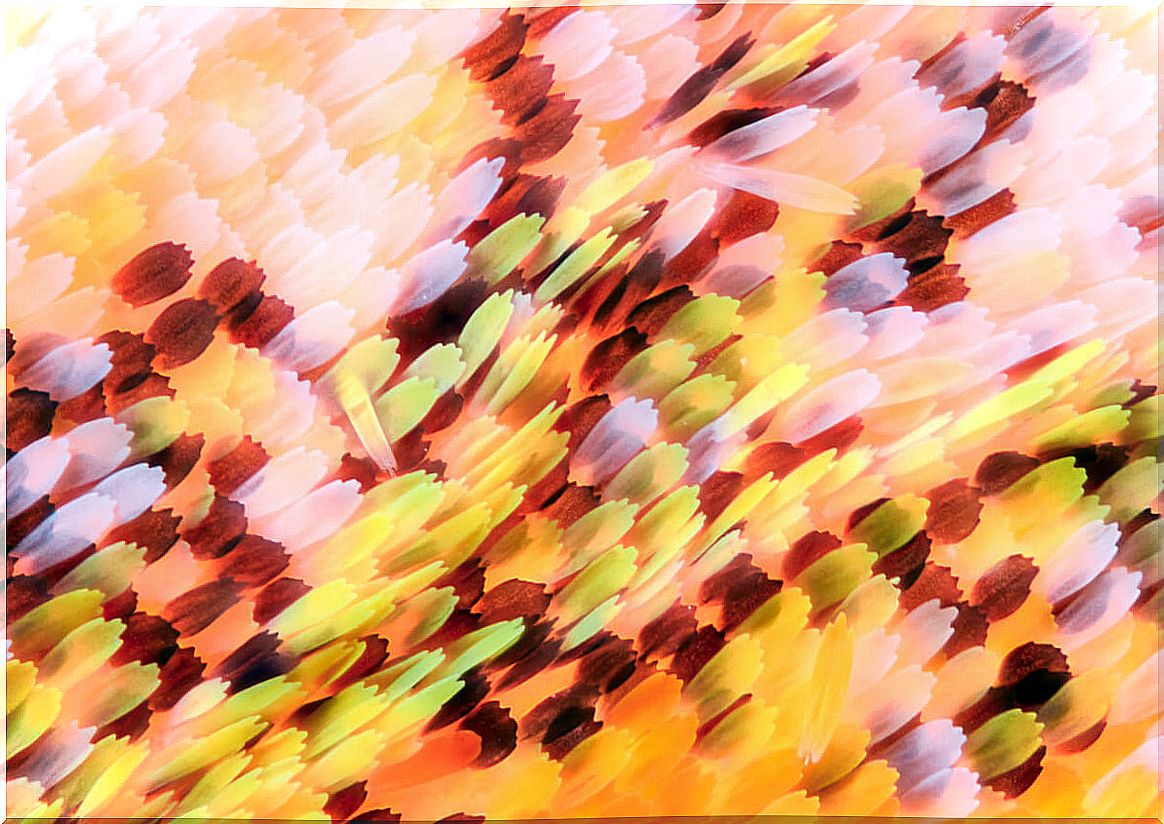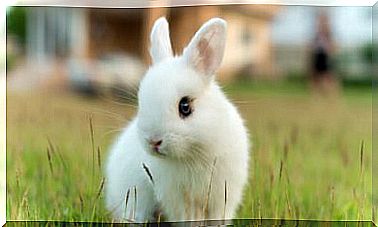Butterfly Wings: Beauty In Scales

The butterfly wings are the most attractive and interesting part of these insects. These have surprising structures, designed to perfection, and which also fulfill functions beyond flight. Each wing is a unique piece and if something damages its wonderful structure, it can no longer be repaired.
It is easy to observe the velvety appearance on butterfly wings, but the reality is that they are made of tiny scales. It is interesting to know that butterflies and moths belong to the order Lepidoptera , which means “scale wing”. Without a doubt, this name highlights the importance of this trait.
Why is there such a variety of colors in butterfly wings?
In our eyes, many butterflies and moths are brightly colored, while others are gray. Those gray wings that seem sad to you, often have ultraviolet patterns that we cannot see, but that can be perceived by other butterflies. The coloring of these insects serves them for many purposes, including:
- Camouflage, when color helps you blend in with the environment in processes such as mimicry and aposematism.
- Warning, bright colors on butterfly wings can act as a sign that they taste bad or help them replicate the look of toxic butterflies.
- Attract and find a partner, looking for certain colors and patterns.
- Fool Predators: Commonly, some skippers mistakenly impress as being larger. Also, some have wings with large “eye spots” that make the butterfly look like an owl, thus driving away some predators.
- Absorb Heat: Dark colored flakes absorb heat from the sun very well. Like all insects, butterflies are cold-blooded. When they are cold, they warm up in the sun.

How the butterfly wing is constructed
These wings are made up of two layers or membranes, which are supplied by tubular veins. The arrangement of these veins is characteristic of each subspecies and is used to identify the type of butterfly.
The hemolymph, which corresponds to the blood of insects, runs through the veins of the wings of butterflies. For this reason, this circulatory system carries out the thermal regulation functions of your body. They are also involved in the breathing process.
Although it cannot be seen with the naked eye, the velvety texture of butterfly wings is due to a series of small scales and tiny hairs, which cover them in their entirety.
What is known about these scales?
The scales are structures that correspond to modified bristles or hairs. The small scales are superimposed on each other on the wing membrane. In general, they measure between 70 and 250 microns and are composed of chitin.
This substance, similar to cellulose in vegetables, is a water-insoluble polysaccharide. Due to its light and resistant nature, chitin is ideal for forming the structure of the wings. As for the shape, the scales can be rectangular or oval in the form of drops.
Additionally, the flakes are organized in two sheets. The bottom sheet is thin and more or less flat while the top sheet is highly structured. Under the microscope, they look like rows of parallel ridges that resemble a roof.
The two blades are connected by trabeculae, pillar-shaped elements that serve as mechanical struts and spacers.
Some Lepidopterans have modified scale groupings associated with exocrine glands. These scales have the function of dispersing sexual pheromones, thus contributing to the encounter between males and females.
How do scales make the coloring of butterfly wings?
They do it through pigment colors. the cells that produce the scales at the time of their formation can synthesize and / or deposit pigments in a specific way in each region of the wing.
Pigment scales are generally flat. Most of these pigments are taken from plants that the larvae eat and passed on to adult butterflies.
It is interesting to know that with the exception of melanin, a pigment shared by all butterflies, each butterfly family has specific pigments. A) Yes:
- Pterins are the pigments generally found in Pieridae.
- The kinurenina, is a yellow pigment, quite widespread and precursor of the ommochromes, generally found in Nymphalidae .
- Papiliochromes are composed of kynurenin bound to N-β-alanyl-dopamine (NBAD) and are found in Papilionidae .
- Neopterobilins, are bile pigments of bluish green color and are also used by papillionids and geometrin e.
There is also a special mention to the colors by structure. The scales are arranged in nano structures that are repetitive, which give them optical properties that, when interacting with light, produce colors.

Thus, the fiery hues of Lycaena Coppers , the golden yellow of Troides Birdwings , the glowing metallic greens of Caria Metalmarks, and the dazzling blues of South American Morpho butterflies are produced by the patterns of refraction, diffraction, and interference of light as it passes through the scales. semi-transparent structural elements.









